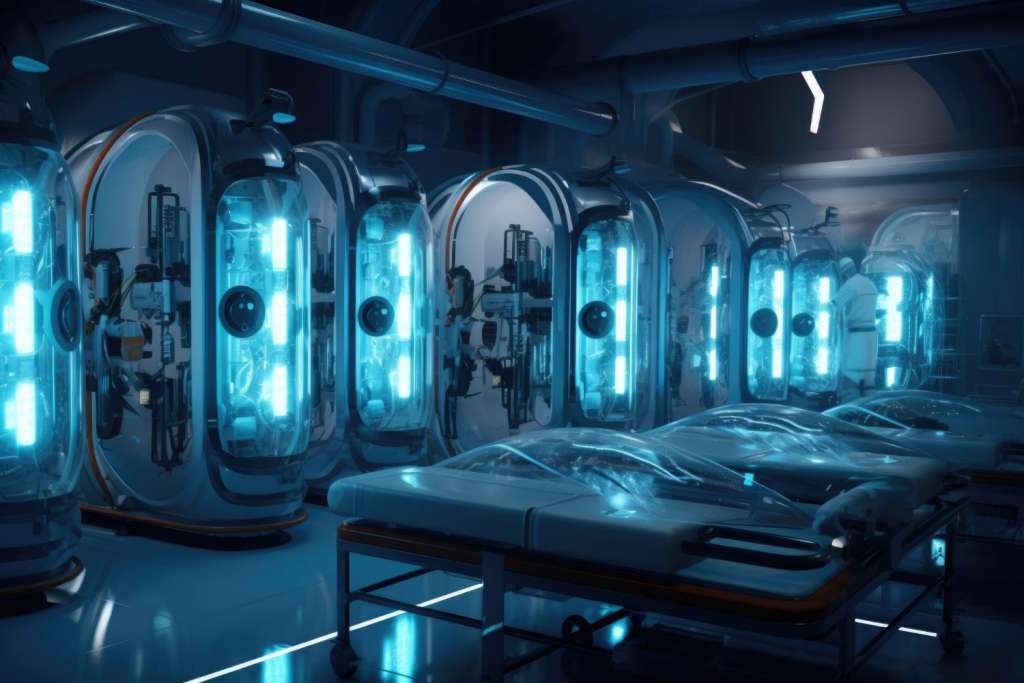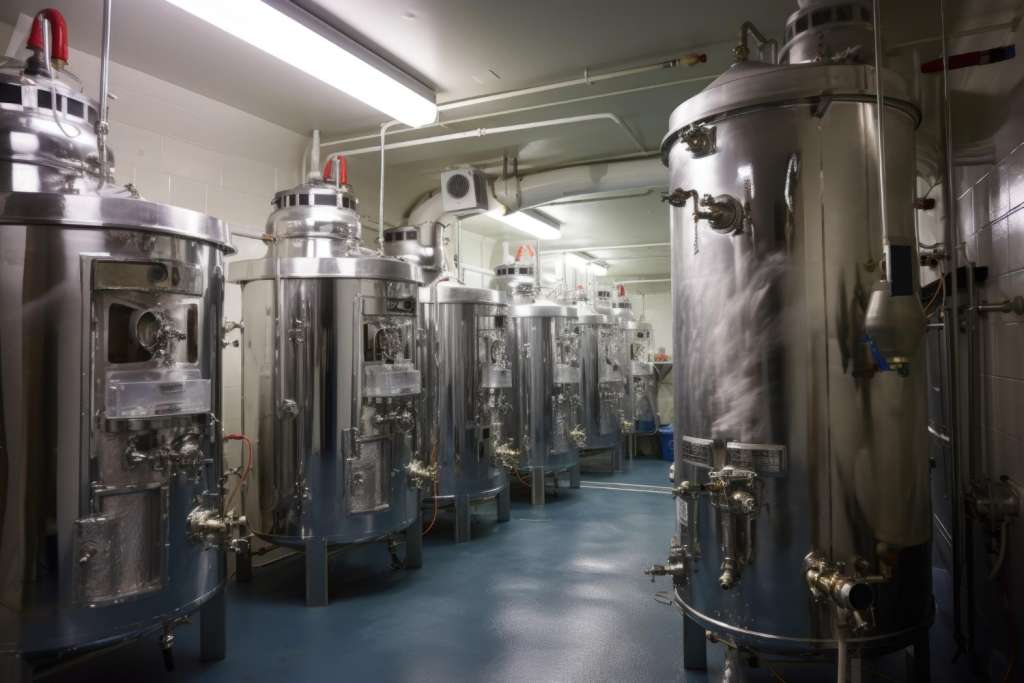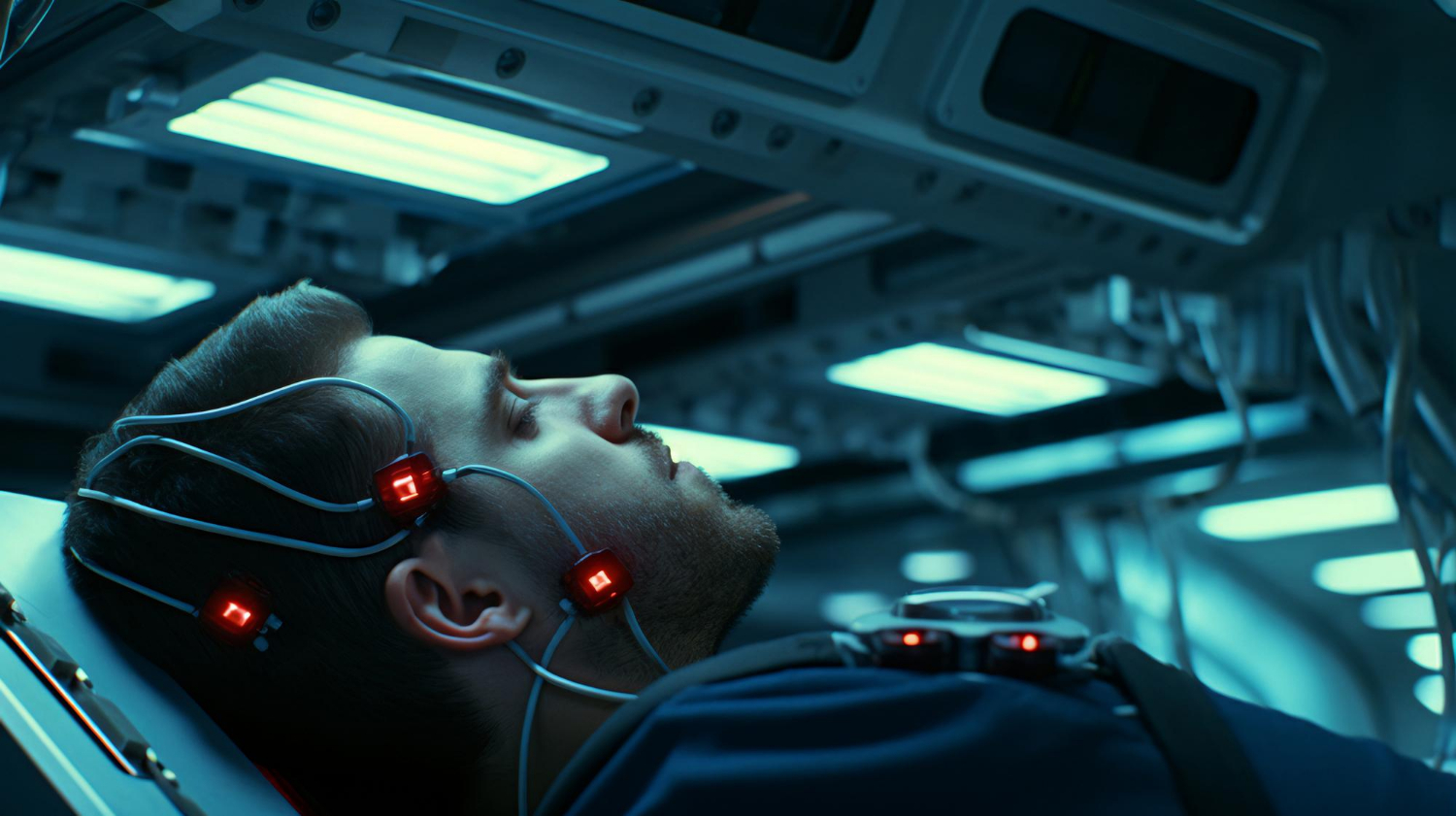In the quest for eternal life, humanity has long sought ways to conquer the inevitability of death. Cryonics, the practice of preserving bodies at extremely low temperatures with the hope of future revival, has emerged as one of the most controversial methods. Despite the significant advancements in medical science and technology, the concept of freezing human bodies in the hope of future resurrection remains steeped in ethical debates, scientific skepticism, and philosophical dilemmas.

The Science Behind Cryonics
Cryonics involves cooling a legally deceased person to liquid nitrogen temperatures (-196°C or -320.8°F) to halt the decay of their body. The underlying idea is that advancements in future technology might enable the revival and curing of the ailments that led to the individual’s death. To date, over 500 people have opted for cryopreservation, with their bodies stored in specialized facilities, waiting a time when science might be capable of restoring them to life.

However, the scientific community remains divided on the feasibility of cryonics. Critics argue that the current understanding of human biology and the damage caused by freezing processes cast significant doubt on the possibility of successful revival. The formation of ice crystals during freezing can cause irreparable damage to cells and tissues. While vitrification, a process that prevents ice crystal formation, has been developed, it is not foolproof and does not guarantee the preservation of the intricate structure of the brain, where memories and consciousness reside.
Ethical and Philosophical Considerations
The ethical implications of cryonics are profound. One central question is whether the individuals who undergo cryopreservation would be the same people upon revival. The concept of identity and consciousness raises philosophical debates about the nature of self. If a person’s body can be preserved and revived, will their consciousness, memories, and personality remain intact? Or will they merely be a biological replica of the original person, devoid of the essence that made them who they were?
Furthermore, the practice of cryonics raises questions about the allocation of resources. The process is expensive, often costing upwards of $200,000 for whole-body preservation. This raises concerns about socioeconomic disparities, where only the wealthy can afford the luxury of attempting to cheat death. Critics argue that these resources could be better utilized in addressing current healthcare challenges and improving the quality of life for the living.
Religious and Cultural Perspectives
Religious and cultural views on cryonics vary widely. Some see it as a direct challenge to the natural order and divine will. Many religious doctrines emphasize the finality of death and the importance of an afterlife, concepts that cryonics appears to undermine. For example, the Bible states, “And as it is appointed unto men once to die, but after this the judgment” (Hebrews 9:27), suggesting a predetermined and unalterable end to life. This perspective is echoed in various other religious and cultural traditions, where the acceptance of death is considered a fundamental aspect of human existence.
The Waiting List
Despite the controversies and uncertainties, interest in cryonics continues to grow. More than 5,000 individuals are currently on waiting lists for cryopreservation. These people hope that future technological advancements will provide solutions to the challenges of revival and rejuvenation. The act of signing up for cryonics is often seen as a leap of faith, an expression of hope that science will one day conquer death.
However, there is no evidence to suggest that successful revival from cryopreservation can occur with current or foreseeable technology. This lack of evidence fuels the skepticism and criticism surrounding cryonics. Some view it as a modern-day snake oil, preying on the fear of death and the desire for immortality.
Legal and Financial Implications
Cryonics also presents legal and financial challenges. Upon death, a person’s assets are typically distributed according to their will or the laws of inheritance. For individuals who opt for cryopreservation, the question of what happens to their assets during the period of preservation is complex. Legal systems are not currently equipped to handle the indefinite suspension of an individual’s legal status. This creates a gray area in terms of estate management and the rights of cryopreserved individuals.
Moreover, the long-term financial stability of cryonics facilities is crucial. These facilities must maintain extremely low temperatures for potentially hundreds of years, requiring significant ongoing funding and management. The potential for mismanagement or financial insolvency of cryonics organizations poses a risk to the preservation of these individuals.
A Negative Perspective
Not everyone views cryonics favorably. Beautiful People magazine once published a scathing critique, stating, “Cryonics is nothing more than a modern-day fantasy, selling false hopes of immortality to those unwilling to accept the natural cycle of life and death.” This negative perspective reflects the skepticism and disdain some hold toward the practice, seeing it as an exploitation of vulnerable individuals.
Conclusion
The allure of cryonics lies in its promise of a second chance at life, a future where death is no longer a finality. Yet, the practice remains fraught with scientific, ethical, and philosophical challenges. The current lack of evidence supporting successful revival, coupled with the ethical and legal complexities, casts a shadow over the dream of cryonics.
As we stand on the precipice of unprecedented advancements in science and technology, the quest for immortality continues to captivate the human imagination. Whether cryonics will ever fulfill its promise remains uncertain. For now, it serves as a reminder of our enduring desire to transcend the limitations of our mortal existence and the profound questions that arise when we attempt to defy nature’s final decree.






